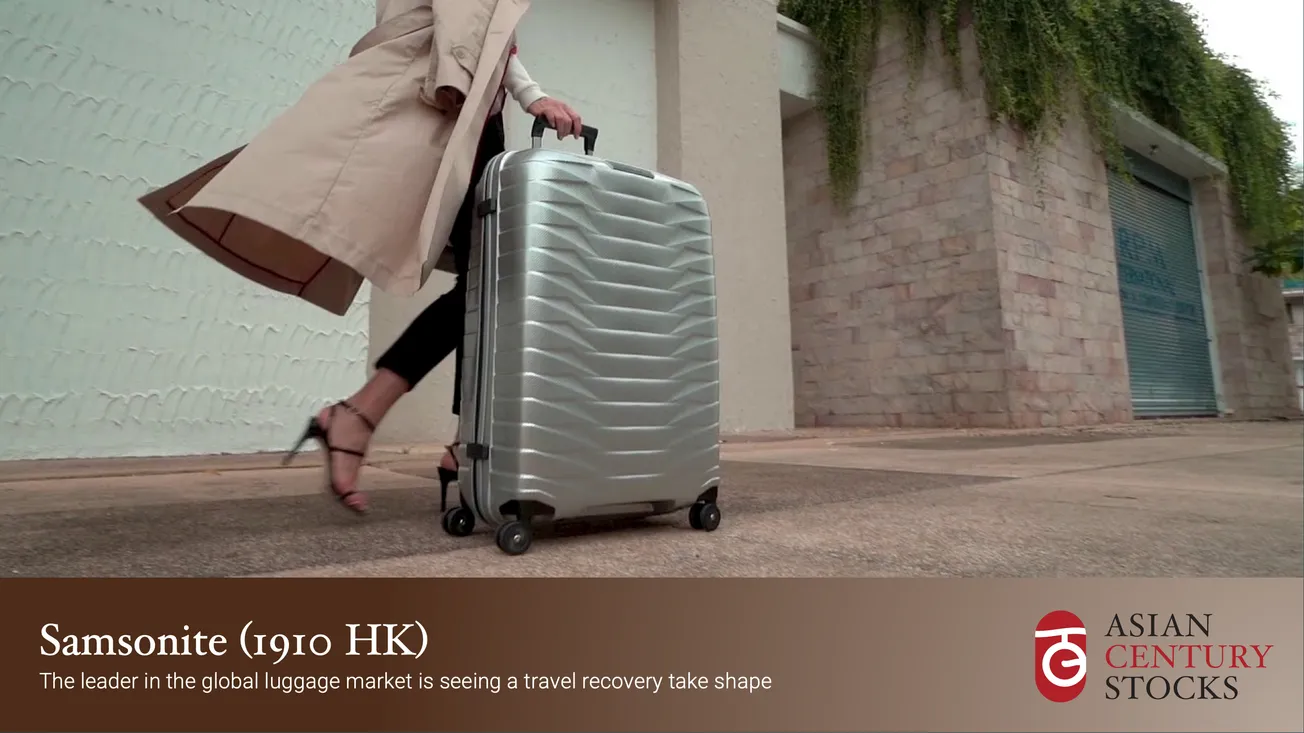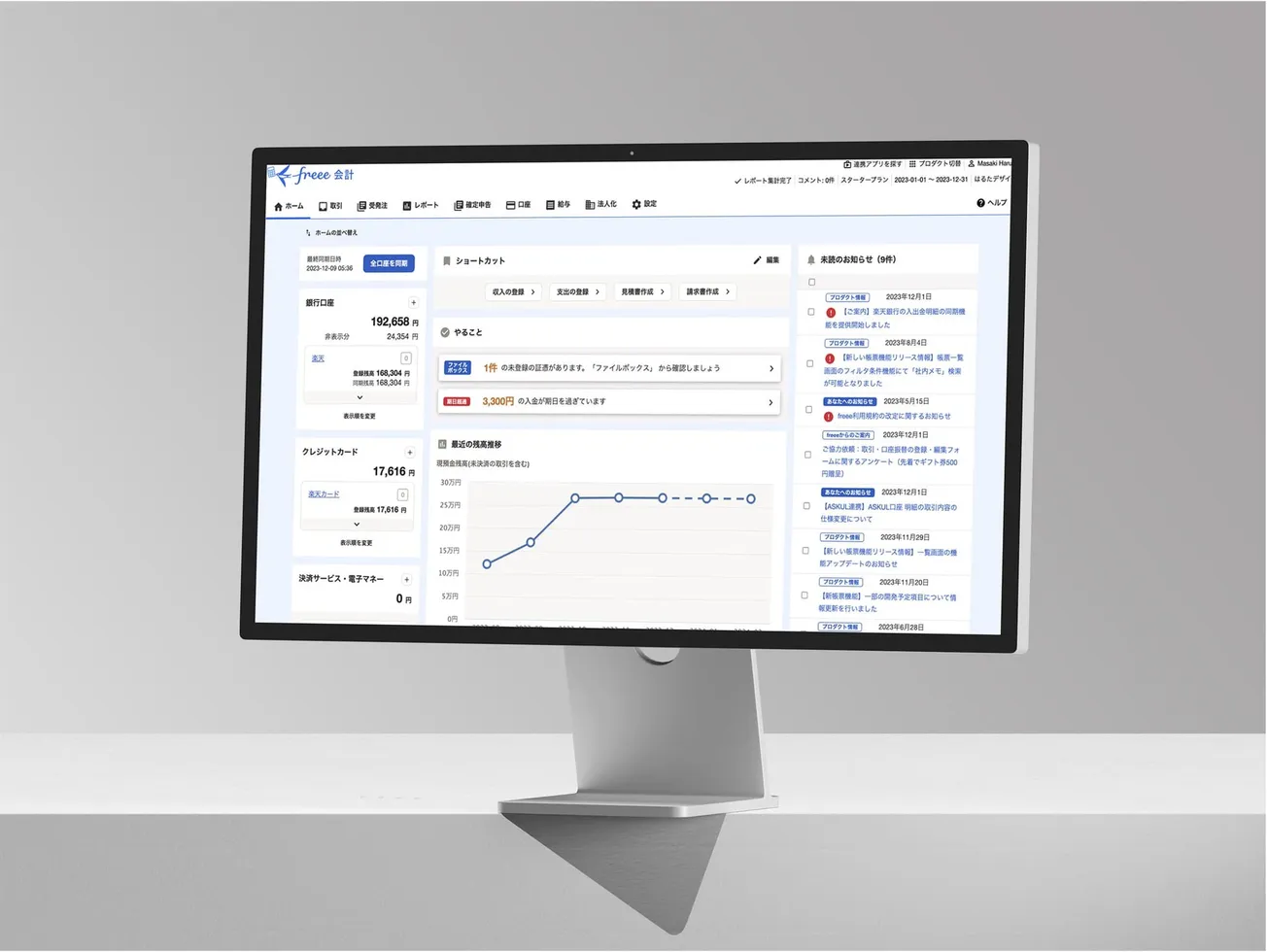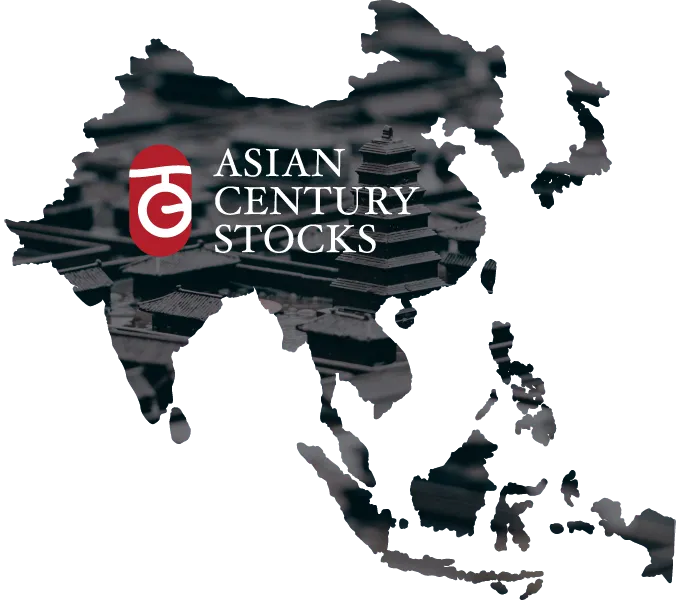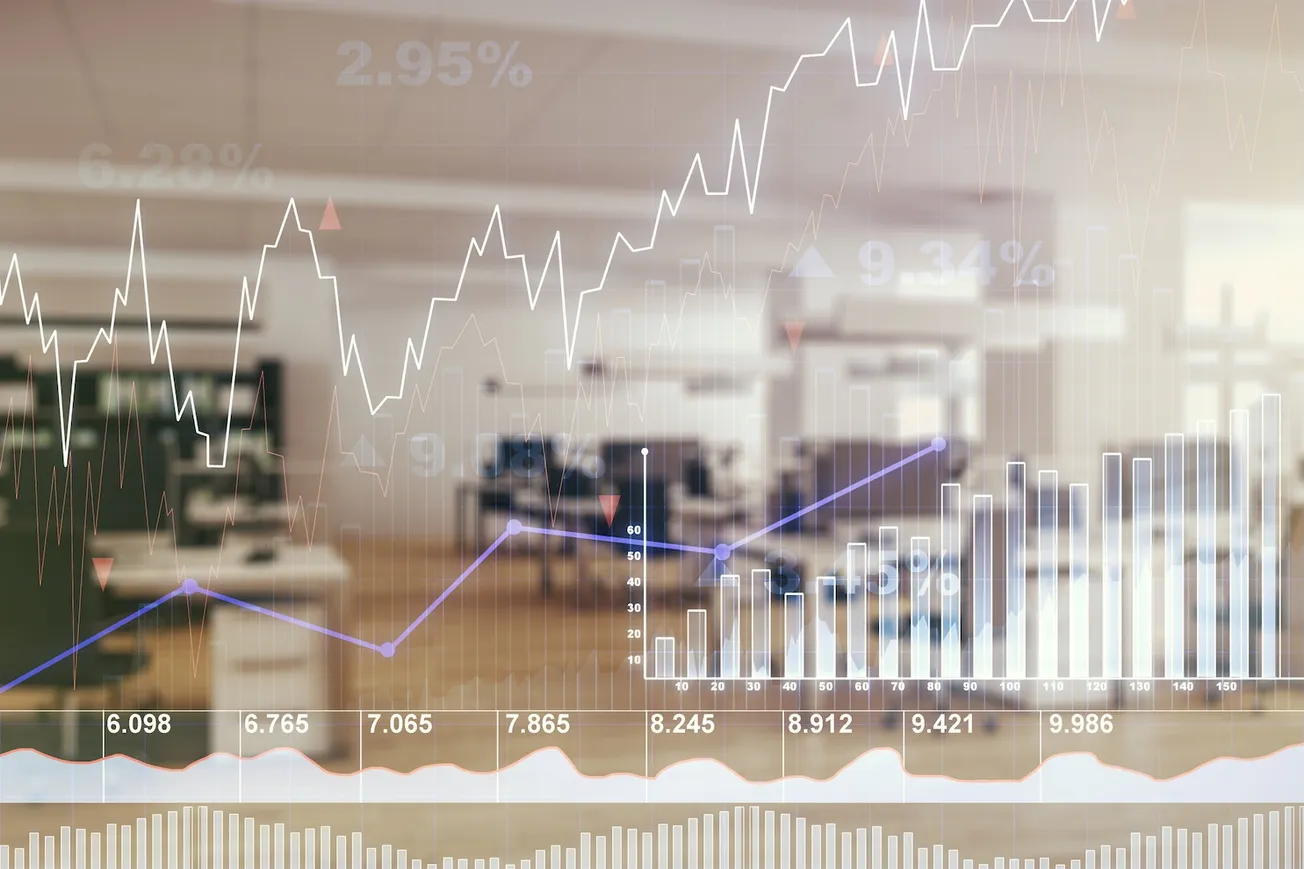Disclaimer: Asian Century Stocks uses information sources believed to be reliable, but their accuracy cannot be guaranteed. The information contained in this publication is not intended to constitute individual investment advice and is not designed to meet your personal financial situation. The opinions expressed in such publications are those of the publisher and are subject to change without notice. You are advised to discuss your investment options with your financial advisers, including whether any investment is suitable for your specific needs. From time to time, I may have positions in the securities covered in the articles on this website. Full disclosure: I do not hold a position in Samsonite at the time of publishing this article. Note that this is disclosure and not a recommendation to buy or sell.
Samsonite (1910 HK) is the world’s largest luggage producer, with a market share of 17% and a presence in all corners of the world.
The company was founded in Denver, Colorado in 1910, producing wooden trunks. Since then, the business has passed from family ownership to private equity ownership. And since 2011, Samsonite has been listed on the Hong Kong Stock Exchange, in close proximity to the region that’s been driving the company’s growth.
Most people associate the company with its namesake mass-market luggage brand “Samsonite”. But it also owns several other high-quality brands, including luxury bag maker “Tumi” and value luggage brand “American Tourister”.
It’s safe to say that the luggage market is mature. Before COVID-19, the overall market grew in the mid-single digits, and Samsonite’s organic growth was probably in line with that. But after Samsonite’s listing in Hong Kong in 2011, it began to engage in a roll-up strategy, acquiring one competitor after another.
First, Samsonite acquired High Sierra and Hartman in 2012. Then Speck and Gregory in 2014. Finally, Samsonite acquired Tumi in a monster US$1.7 billion transaction for 17.7x EBITDA.
It all came undone in 2018 when short-seller Soren Aandahl at Blue Orca wrote a report on Samsonite, accusing then-CEO Ramesh Tainwala of earnings manipulation, faking his credentials and related party transaction in Samsonite’s Indian subsidiary. Blue Orca’s allegations were accurate, though not significant in the grand scheme of things.








